Getting Ready for Winter
[September 2021] Sure, we just hit “Fall,” but Winter is already giving previews in some areas. In any event, Fall gives us time to get things ready for Winter – and smoother operations.
A lot of folks like to do Spring Cleaning, to recover from the events of the winter months, but it is equally important to get ready for Winter, so that sites do operate properly.
This has become more of an issue in recent years as solid state transmitters have become the large majority of installed units. Once installed, they usually run fairly stable for a long time, which leads to many stations reducing site visits unless there is a failure. It is not unheard of for no one to see the site, in person, for months at a time – even as little issues develop – especially on remote mountain tops.
At least, by preparing for winter operations, some preventive maintenance can forestall problems. You might consider this sort of a checklist, but there will be additional items, perhaps location specific, you will want to add to the process. (In fact, with a few changes in a few of these items, this also should be the basic for checking in Spring/Summer.)
GENERAL SITE ISSUES
In the old days, transmitter sites were largely staffed, and when things ran well, the time was used to maintain everything from the building itself to landscaping matters.
Starting at the front gate:
1. Note the ASR sign – if required – is visible to visitors to the site and the information is up to date. Some examples:
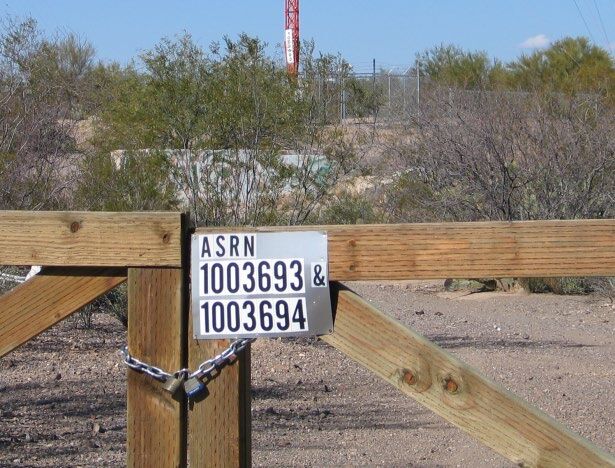
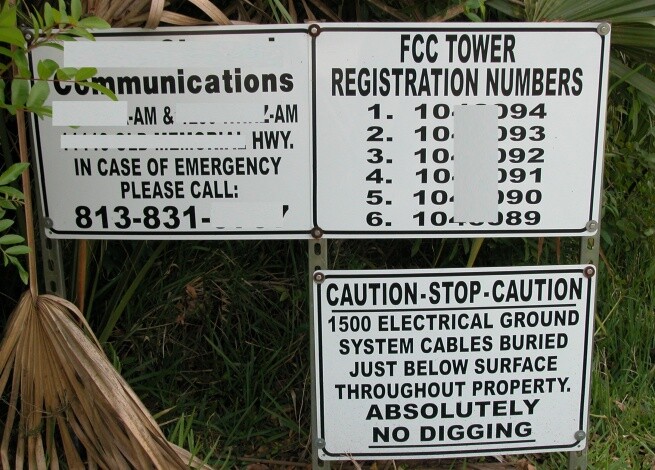
2. Check the condition of the gate and lock. (Sometimes other users – or unauthorized people – will cut a lock or chain and do not reset things so all locks can be properly used.)
3. If there is indication of unauthorized access, it is wise to get additional help before entering.
4. Take a run around the site. Is the fence in good condition, or are there places where the fence is cut or destroyed?
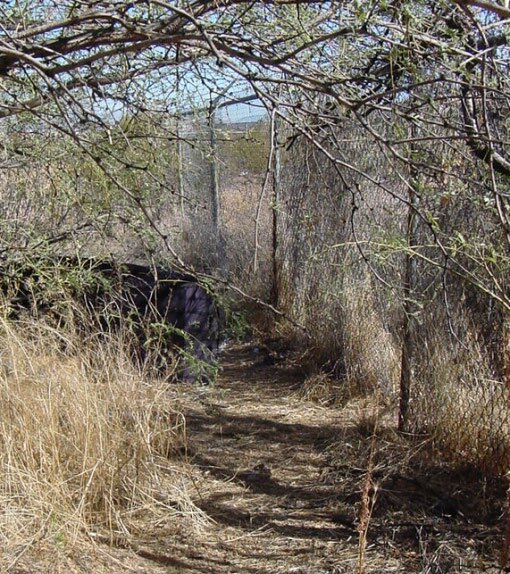
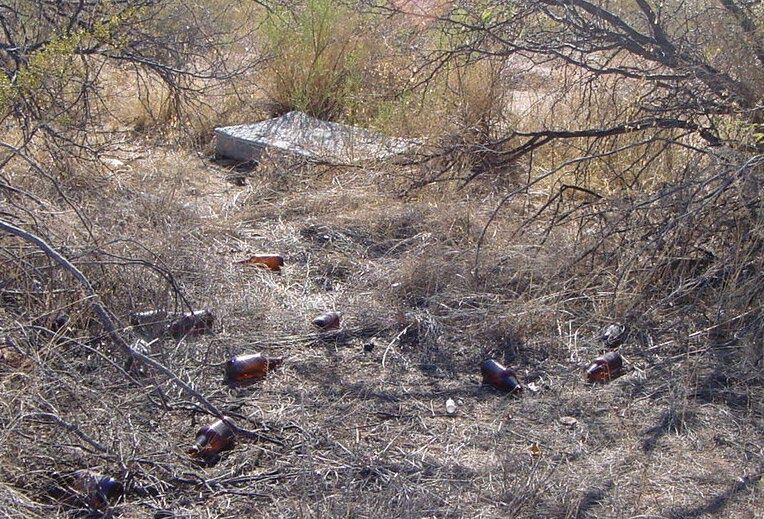
5. Are road conditions suitable for safely-driven access?
Today, it is not uncommon to find it hard to impossible to drive directly to the transmitter building. Erosion to the access road and driveways can literally break a passenger car. Even 4-Wheel-Drive vehicles can strain to navigate some roads, if the rocks do not cause flat tires.
Even if the road is in good condition, tree branches may be encroaching on the roadway. Also, in some areas, people have dumped trash on the road or site. Both of these need attention.
6. Vegetation can really grow over the year.
- a. What is the condition of foliage on the site? Is clearing needed?
- b. Are tree branches starting to grow into the guy wires?
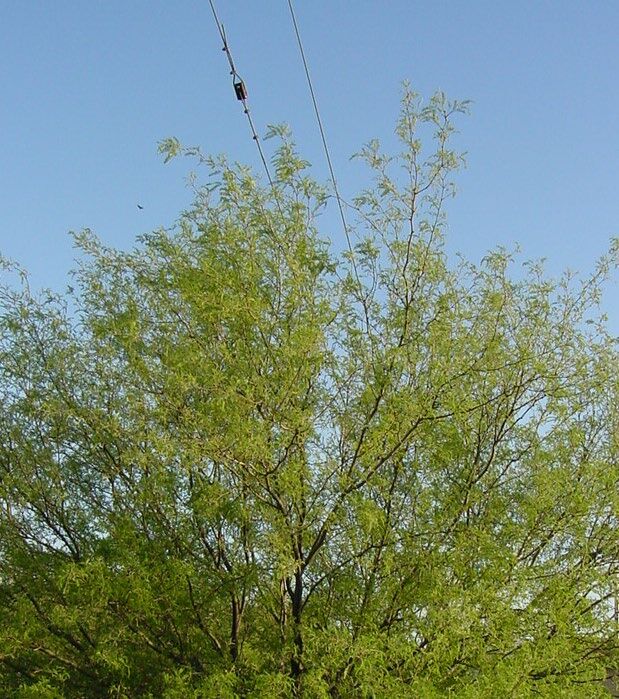
- c. Is the area around the tower base completely clear? Usually a radius of 25-feet optimally should be cleared of vegetation.
- d. How about around the guy anchors? Again, they should be cleared for about 25-feet.
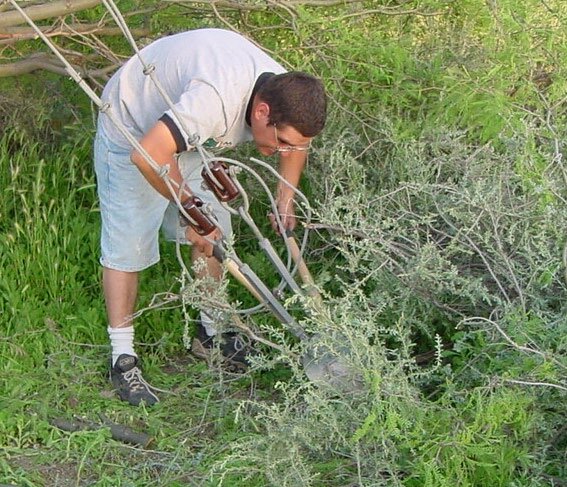
- e. Attention should also be given to the power line entrance. Ensure that they are also clear of any obstructions.
7. If an AM site, what is the condition of the radials? Do they need attention?
8. Similarly, if an AM site, is the tower base fencing in place and secure?
9. Either AM or FM, if needed, are there signs indicating excessive RF levels for the public?
10. In the parking area, is the ice bridge – if there is one – in good shape?
THE TRANSMITTER BUILDING
Moving on to the transmitter building, some of the issues relate to whether you own the building, rent it, or merely share space.
Probably the most serious issues in preparing for Winter are to make sure the roof is in good shape and there are as few – hopefully no – places for local animals and insects to enter. During the year, sun and weather damage can create entry points, as well as unfinished projects like electrical cords or coax entrance. Small animals seeking warmth are amazingly able to get inside.
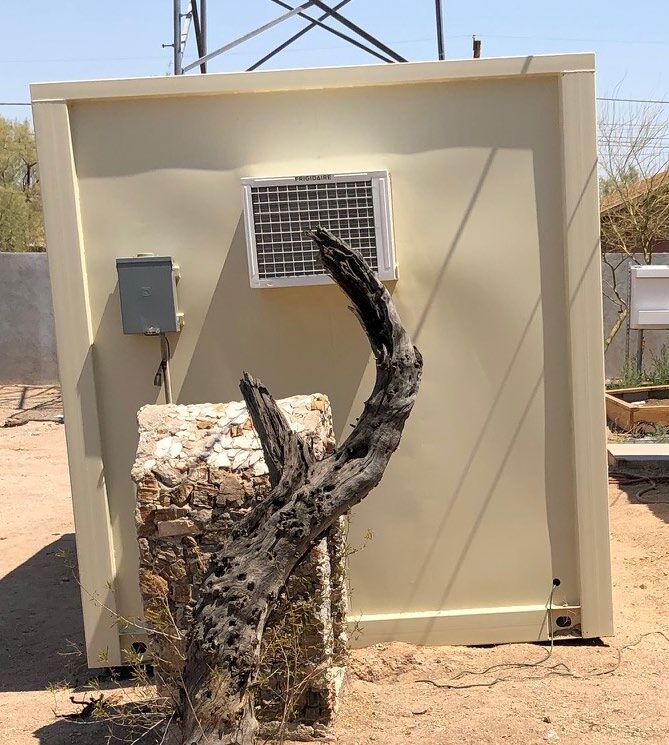
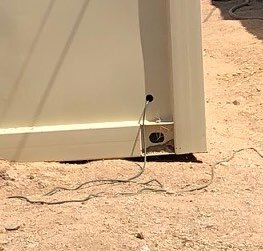
A can of Locktite’s Tite Foam, or similar, will go a long way to closing off gaps in the building.
11. Check all entry points, including weather-stripping to close any openings. If you can see light, it probably needs to be filled. Do not forget the air handling system – and the filters!
12. Is there any indication of rain damage on the ceiling or along the floor? Find and fix it.
13. Inspect the transmission system. Note:
- a. The transmitter power output. Is it at your licensed level?
- b. If you are an FM, is the VSWR normal?
- c. Check the STL system, whether RF or Digital.
- d. If you are using air coax, check the pressure level.
- e. Do not forget the auxiliary transmitter or backup STL systems.
14. Check to make sure a basic tool kit is on site, along with at least a DVM, so simple adjustments and fixes can be made.
15. Follow the ground wires to ensure they are properly connected to the station ground point, to ensure each piece of equipment is securely grounded.
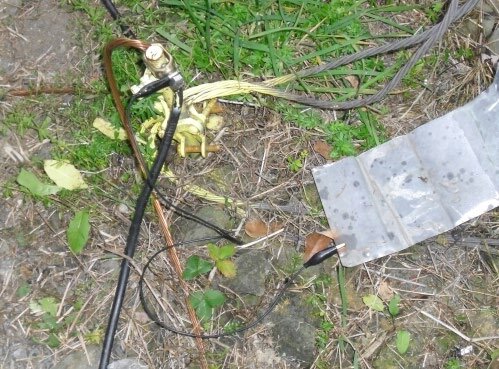
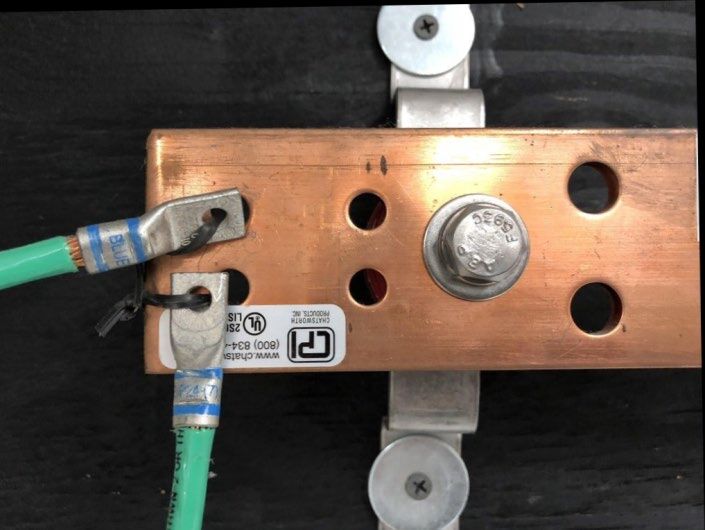
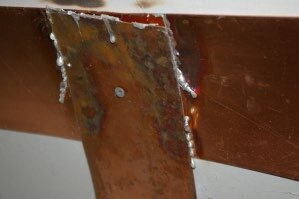
MORE GROUNDING
In fact, while we are here, let us delve more deeply into the matter of grounding.
16. Observe the ground system for improper connections and other problems.
Bad grounding practices are the main causes of lightning damage. Ensuring the station ground is effective and everything is properly connected – without ground loops or open circuits – is the best way to prevent damage. Even with a stable, well-built system, over time, “stuff happens” and that is why inspections are important.
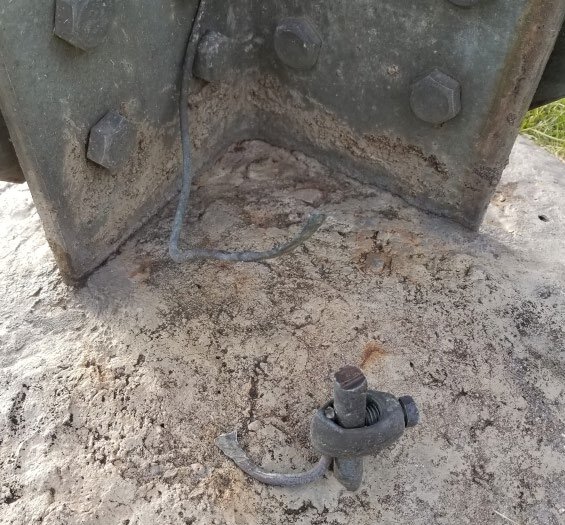
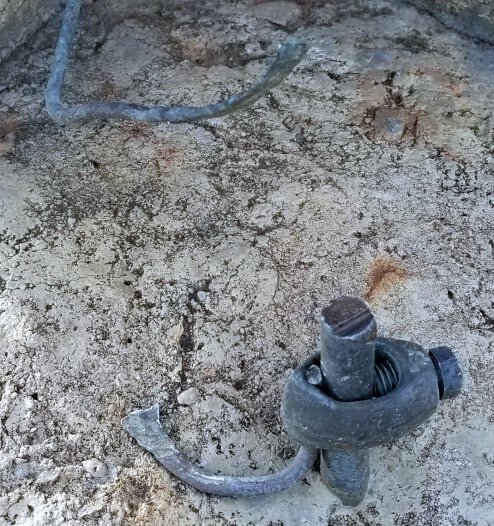
It is worth mentioning that just because you have a ground rod – or several – does not mean that you really have a good station ground. Your “ground” might be 60 Ohms or even a couple hundred Ohms from true continuity to “ground.” Getting the right test gear for this part of the inspection is important.
With that in mind, check on exactly how your systems get to/from the station grounding point. What you do not want to see are 90-degree turns of the ground wire or ground strap – that could set up a sort of “barrier” to the flow of current – and if it can, it will go elsewhere and could cause damage!
BACK OUT TO THE FIELD
We started out in the field and let us finish this inspection out there as well, with a focus on that tall thing with the blinking lights.
17. The first place the signal goes from the transmitter is to the ATU and the lightning elimination choke. Make sure there is no indication of the coil burning or becoming discontinuous.
18. The tower itself needs your attention in nine distinct areas:
- a. The tower structure itself. Your inspection should check (using binoculars) as much as you can see for any structural deterioration (rust), missing bolts, etc.
- b. Inspect the guy wires, including the insulators. If the wires are too loose or broken insulators seen, call the tower crew to replace the insulators and retention the guys. A professional inspection should be done if excessive guy wire looseness is noticed. or weakened anchor connections should be replaced.
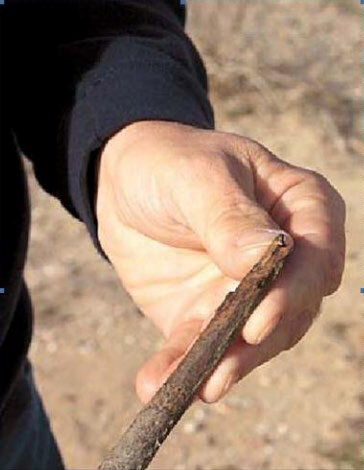
- c. Similarly, if you suspect there is degradation of the guy anchor rod – which can happen in a few short years – call in a tower crew to check it out.
- d. Check the status of the paint. Does it match the paint chart? Is it visible at one mile?
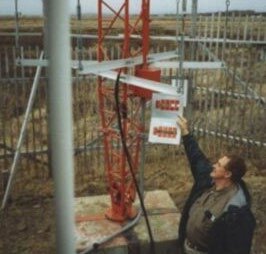
- e. If there is coax or electrical wiring going up the tower, check to ensure none of the hangers are missing.
- f. If you have tower lighting, you will want to ensure the lights are functioning properly, and turning on at the right light level in the late afternoon.
- g. If you have tower lighting, ensure the daily check is made entered into the Station Log.
- h. If your have an AM tower, check the arc gap at the tower base for proper operation, with no bugs or other debris in the gap.
- i. If you are an FM tower with heaters, check them out to ensure they are running the right current (matching the original parameters).
- j. If there have been any additions to the tower load, review it periodically, so that you can reduce the possibility of tower failure under ice and wind load.
ALTERNATE POWER
The last thing we want to cover in this inspection is the alternate power source many stations have on site: the generator.
19. You should be able to start the generator without problems. If you are able to switch to generator operation to test it under load, that is even better.
LOG IT!
While there is no specific FCC rule about how and what you log, keeping a maintenance log is essential to knowing the normal operating condition of your station. Additionally, as you include the items you have fixed and adjusted, you will have a record to show the proper operation of the station and information you can use during the next inspection to see if anything needs to be corrected at that time.
– – –
Are articles like this helpful to you? If so, you are invited to sign up for the one-time-a-week BDR Newsletter. It takes only 30 seconds by clicking here.

